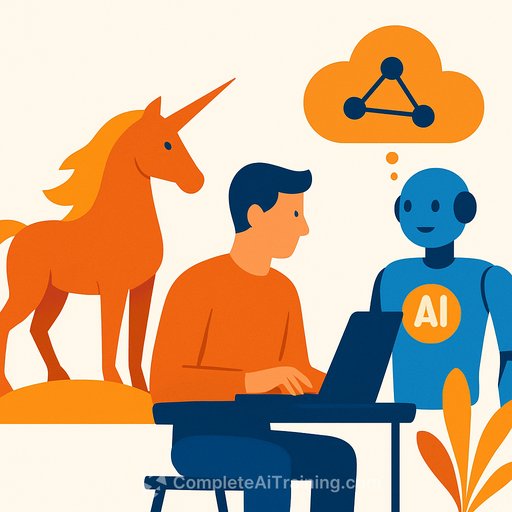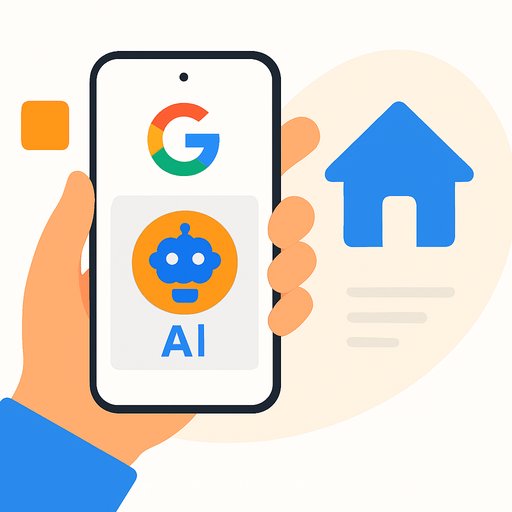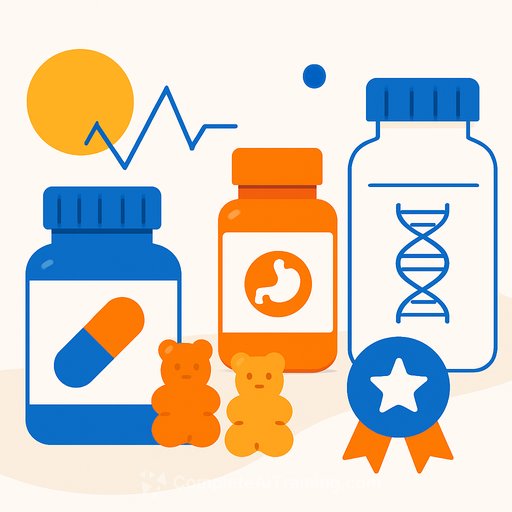The Agentic Entrepreneur: How AI agents are changing the startup playbook for product teams
AI agents are compressing the cost of building and operating products. At Pioneer Square Labs in Seattle, investor and entrepreneur T.A. McCann shared how specialized agents are taking on complex work, enabling small teams to ship faster with fewer people. As product development gets easier, the real advantage moves to distribution and proprietary data.
Why the moat shifts to distribution and data
- Shipping is cheaper: scaffolding, code generation, QA, and growth loops can be automated or augmented by agents.
- Distribution wins: product-led growth, SEO for AI answers, and agent-to-agent channels decide adoption velocity.
- Data compounds: usage data, labeled feedback, and integrations form a flywheel that competitors can't copy.
- Action: design for data capture from day one, with clear consent, retention rules, and feedback labeling.
Agents as teammates, not tools
Break work into agent-owned responsibilities and orchestrate them with human judgment. Think research, design, code, QA, growth, success-each with a specialized agent and a human owner who sets goals and reviews outputs.
- Ideation: Spark helps teams explore and score ideas quickly.
- Hardware: Enzzo assists with hardware product development workflows.
- Delivery: Atrieon streamlines software project management with AI support.
- Automation: Picco stitches workflows across tools without manual glue work.
- Meetings: Read.AI turns conversations into searchable insights and action items.
- Prep: Whispers acts as a personal research and briefing layer before meetings.
Wearable memory and meeting intelligence
Limitless-a wearable AI recorder-captures conversations across the day and turns them into queryable memory. For product leaders, that means instant recall of decisions, requirements, and follow-ups. Always secure consent, redact sensitive info, and define retention before rollout.
One-person, billion-dollar company? The path is clearer
Specialized agents raise the output of a single product builder. The constraint shifts from headcount to orchestration, data access, and distribution. Your edge comes from well-defined playbooks, reliable automations, and tight feedback loops.
Research without focus groups
AI-generated personas can simulate market reactions faster than scheduling panels. Tools like BluePill run structured tests across multiple buyer archetypes to inform positioning, pricing, and features. Validate with small real-user pilots before full bets.
Agent-to-agent interactions are coming
Expect agents to brief, negotiate, and transact with each other on behalf of people and companies. Build for this now: define JSON schemas for tasks, require signed requests, and set SLA rules for latency, retries, and cost caps. Add audit logs so humans can review every step.
Tool stack mentioned
- Idea to backlog: Spark.
- Hardware workflows: Enzzo.
- Project management with AI: Atrieon.
- Workflow automation: Picco.
- Meeting capture and insights: Read.AI; personal prep: Whispers; wearable recorder: Limitless.
- Market research: BluePill for AI personas.
- Distribution: Gumshoe to optimize content for AI search.
- Build speed: Cursor for AI-assisted coding.
- Relationship intelligence: Bloks for contacts and follow-through.
30/60/90-day product plan
- Days 1-30: Map your product ops to agent roles (research, build, QA, growth). Choose one high-friction workflow and automate it end-to-end. Add usage and feedback logging everywhere.
- Days 31-60: Ship an agent-assisted feature. Set guardrails: input validation, cost limits, and human-in-the-loop review on high-risk tasks. Stand up an eval harness with golden datasets.
- Days 61-90: Integrate distribution into the product. Add shareable outputs, referral triggers, and content tailored for AI search. Start an agent-to-agent interface for one partner API.
Metrics that matter
- Quality: task success rate, edit distance from human baseline, and customer CSAT per agent task.
- Speed and cost: latency per task, tokens per outcome, and margin impact.
- Trust: hallucination rate, PII exposure incidents, opt-in rates, and audit log coverage.
- Distribution: activation rate, weekly actives, invite rate, saved outputs shared, and AI-search traffic.
Distribution first, product-led always
Build features that market themselves: templates, share links, embeddings that surface well in AI answers, and docs that agents can parse. Study proven product-led growth patterns from operators who've done it at scale.
Practical guardrails
- Consent and privacy: require opt-in for recording tools like Limitless; apply redaction and access scopes.
- Evaluation: run weekly regression tests on prompts, tools, and models; alert on quality drift.
- Recovery: design fallbacks (retry, escalate to human, degrade gracefully) for every agent workflow.
- Security: sign requests, restrict tool access, and monitor agent-to-agent calls with rate limits.
Level up your team
If you're building agent-driven products or want structured learning for your role, explore curated training and tools.
The playbook is clear: automate the work, keep humans in charge of judgment, and compete on distribution and data. Small, sharp teams will ship faster than big ones-if they instrument, evaluate, and iterate with intent.
Your membership also unlocks:






